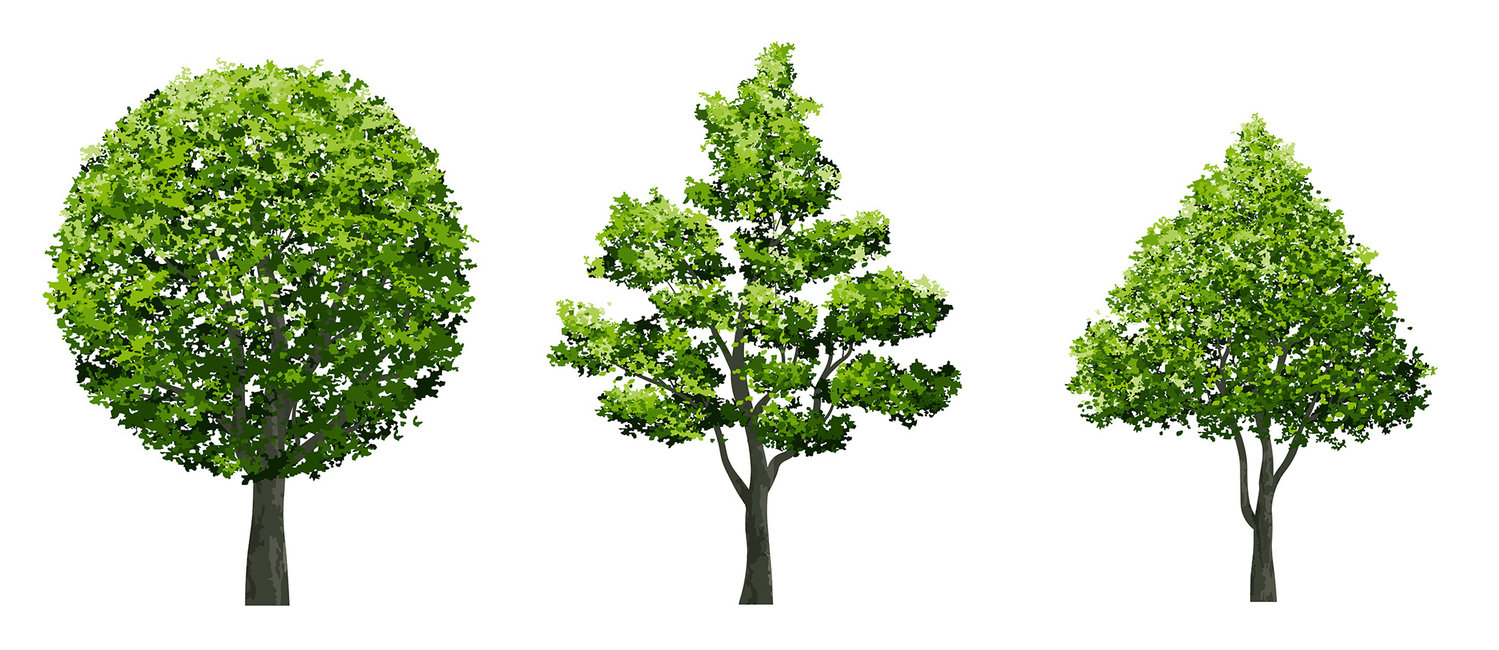
In the dead of winter, at least for some homeowners, thoughts turn to pruning. Deciduous trees have shed their leaves, making it easier to see their structure, and growth is dormant. If you are Tim Kezele, though, you think about pruning all the time.
Kezele, who recently retired from the business he founded in 2004, Longbranch Tree and Shrub Care, looks at trees the way birders look at birds or architects look at buildings. He can’t help himself. What does he notice about Lake Kathryn Village? “The 86 trees in the parking lot are thinned and looking great. What an asset.” Pioneer Way in downtown Gig Harbor? “They just shear the tops off — giant thickets on top instead of branches.”
He got his start as a teenager when he answered an ad — “Wanted: Weeder” — posted at the Home gas station. One job led to another and he learned a lot. “It was all about attention to detail,” he said. He walked or biked from his home in Lakebay until he was old enough to drive and one of his customers sold him a 1956 Buick Special Estate wagon for a dollar.
He discovered a world far beyond weeding. “Pruning was the greatest thing. Anyone can weed, but pruning is amazing — thousands of plants, and it’s not just fruit trees. It’s vines and ornamentals.”
Kezele went on to take an 18-month course in landscape design and construction at Clover Park Technical College and completed the Pierce County Master Gardener Program through Washington State University. He worked on large local estate gardens on the Key Peninsula and in Tacoma, then joined the grounds maintenance staff at the University of Puget Sound, where he ultimately became head of the department. He also worked at the Rhododendron Species Botanical Garden and joined the board of the Lakewold Gardens in Lakewood, where he taught pruning classes. “I never became a certified arborist,” he said. “I don’t do well with tests. But whenever someone needed help with ornamental trees, they would call me.”
The history of pruning itself stretches back thousands of years.
Pruning shrubs and trees into shapes — topiary — goes back to ancient Greece. Its popularity peaked in England in the 1660s, and then fell out of fashion when natural gardens became popular.
Pruning fruit trees goes back even further. Humans began growing fruit trees (such as dates, olives, figs and pomegranates) as early as 6,000 years ago in Mesopotamia. Pruning to control the size and shape of fruit trees was illustrated in drawings from ancient Egypt. The forerunners of apples and pears were probably introduced from Western Asia through Persia. By Greek and Roman times, stone fruits had arrived from Central and Eastern Asia. Apple grafting technology was perfected by the Romans more than 2,000 years ago.
Kezele has some basic words of wisdom to offer the modern do-it-yourselfer.
“Each plant comes with its own story, its genetic potential. And then how it grows depends on where you plant it — how it reaches for light, how close it is to a building, how much room the roots have,” he said.
“Start with the three Ds: removing dead, diseased or damaged wood,” he said. “I prune for health, shape, flower and fruit.”
“Make cuts that don’t look forced. You want to make it look like it hasn’t been pruned. Always cut to an outside bud. Follow the 25% rule, never removing more than 25% of the foliage. Plants depend on leaves for nutrition.”
Pruning can take place year-round, but he warned not to hard prune in August when it could cause sun scorch due to exposure. But thinning can take place throughout the year.
It’s important to know the age of wood for flower and fruit. “Prune rhododendrons too much and they won’t flower for two years,” he said. “That isn’t the case for azaleas.” Wisteria grow so aggressively they may need to be pruned back four times a year.
Kezele has a short list of necessary tools. First and foremost is a good hand saw, then pruners kept sharp so that they don’t crush. For taller jobs he recommends a pole saw and a 6-foot, three-legged ladder. And don’t forget a tarp. It will make cleanup much easier.
UNDERWRITTEN BY THE FUND FOR NONPROFIT NEWS (NEWSMATCH) AT THE MIAMI FOUNDATION, THE ANGEL GUILD, ADVERTISERS, DONORS AND PEOPLE WHO SUPPORT INDEPENDENT, NONPROFIT LOCAL NEWS